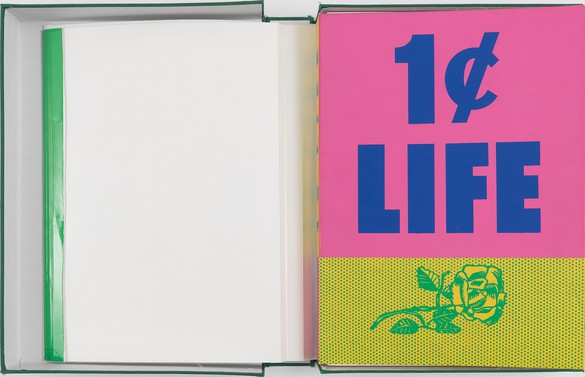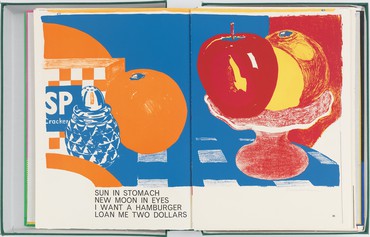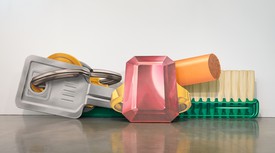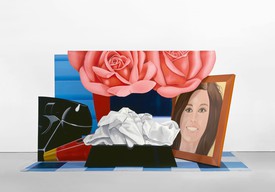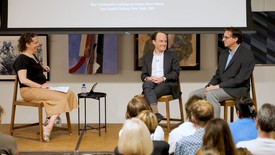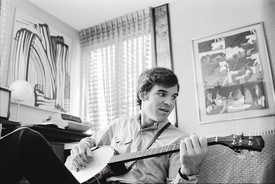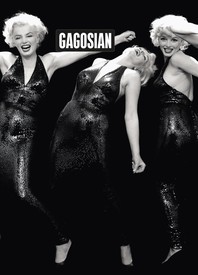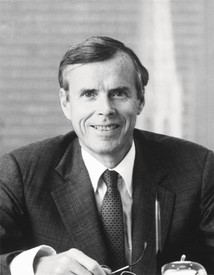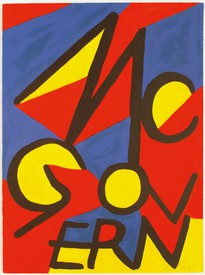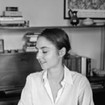
Anna Heyward is a writer and editor in New York. Her work has appeared in The New York Times, The New Yorker, Vogue, and The Paris Review Daily, among others.
Walasse Ting, who mixed works on paper with artist’s books throughout his career, was an itinerant Chinese-American artist and poet whose color-saturated paintings refer to calligraphy and Abstract Expressionism. His most ambitious work by far was the loving anthology 1¢ Life, which brought together a community of artists traversing the moments of Abstract Expressionism and Pop: Jim Dine, Robert Indiana, Allan Kaprow, Roy Lichtenstein, Joan Mitchell, Claes Oldenburg, Mel Ramos, Robert Rauschenberg, James Rosenquist, Andy Warhol, Tom Wesselmann, and Ting himself. It also includes Ting’s poems, which have roots in the asceticism of Chinese poetry but principally express the fitful and vital dynamism of New York. Disjointed, erratic, yet wide-eyed spiritual recitations, the poems are sometimes epic, heartfelt affirmations, screamed out in all-capital letters, sometimes restrained and reflective, almost choked-up abstractions.
The landmark artist’s book of 1964, 1¢ Life is now celebrated, canonical, and rare. Produced with the painter Sam Francis, it was published in 1964 by E. W. Kornfeld of Bern, Switzerland. The 170 lithograph pages were printed in Paris by Maurice Beaudet; the typography is handset letterpress by George Girard. Revolutionary in its assemblage of artifacts of Pop, 1¢ Life is a compact visual manifesto of the 1960s—bright, psychedelic, and pulsating, a collaboration of artists who came together under Ting’s poetic street magic. Setting large areas of white space next to areas of maximum color saturation and layered density, the book exemplifies the searching and schizophrenic design spirit of the time. Ting’s poetry sits on the page in giant colored letters, like fallen rain: “i am fall in love/i sit himalaya/mountain/eat candy/mouth/taste sweet.”
The title 1¢ Life is an impressionistic riff. With a hint of irony, it captures the fragmented but hopeful mood of the moment—but also a timelessness, a reflection of the philosophic eternity in which Ting believed art and poetry lay.
one life too short
one day too long
Walasse Ting
